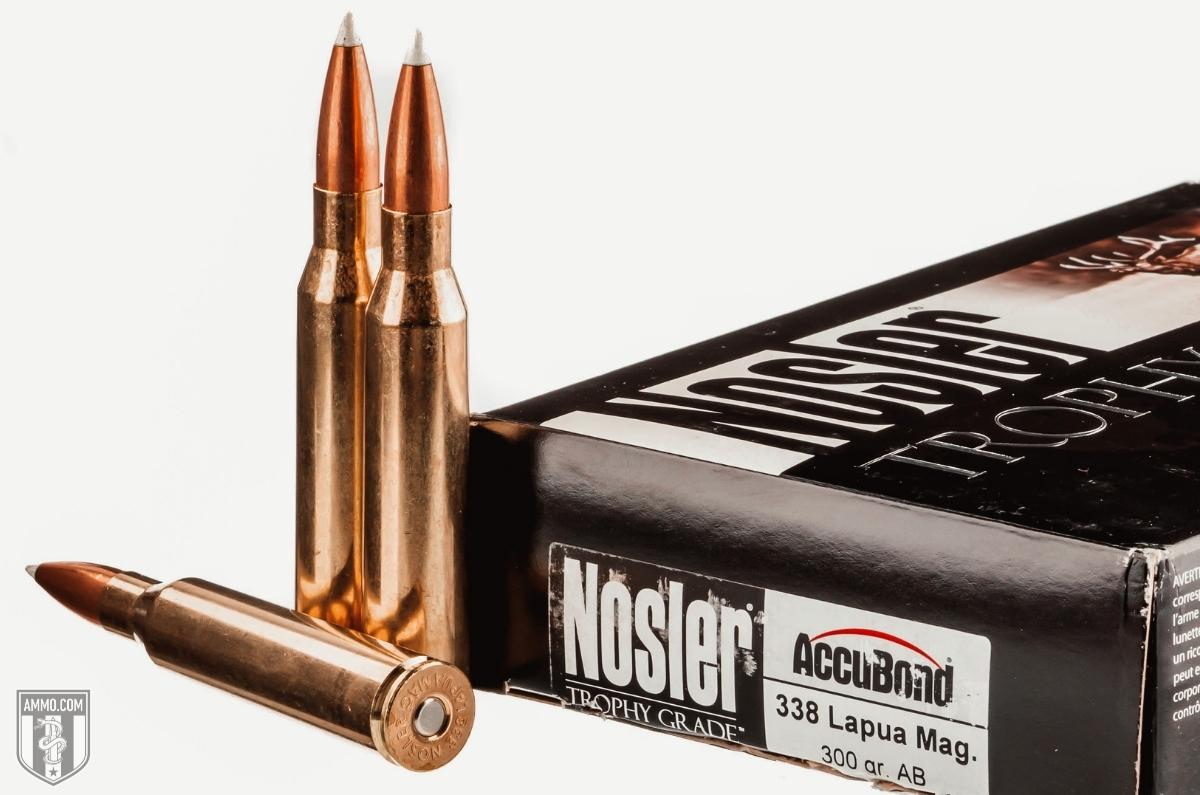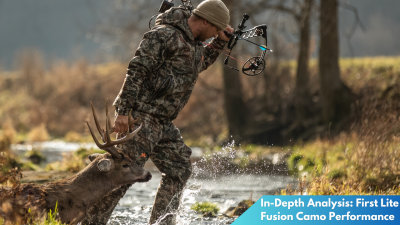In the world of long-range shooting, two powerful contenders have risen to prominence: the 300 Precision Rifle Cartridge (PRC) and the 338 Lapua Magnum. Both are revered for their exceptional accuracy and energy, making them favorites among military snipers, competitive shooters, and hunting enthusiasts. This showdown will explore the nuances of these two cartridges, comparing their ballistics, cost and availability, and practical applications in both military and civilian contexts. As you contemplate which cartridge reigns supreme, this analysis aims to provide valuable insights to guide your decision.
Comparing Ballistics: 300 PRC vs 338 Lapua Mag

When it comes to ballistics, both the 300 PRC and 338 Lapua Magnum deliver impressive performance. The 300 PRC was designed by Hornady to push the boundaries of long-range accuracy with heavy-for-caliber bullets. It excels with high ballistic coefficients, which means it maintains velocity and resists wind drift exceptionally well. This makes it an excellent choice for precision shooting at extreme distances, where consistency and accuracy are paramount.
On the other hand, the 338 Lapua Magnum, developed in the 1980s, has a long-standing reputation for its powerful performance. It is capable of launching heavier bullets with significant energy, making it a preferred choice for military applications where stopping power is crucial. The 338 Lapua Mag can engage targets at distances exceeding 1,500 meters with authority, thanks to its large powder capacity and heavy projectiles. Its ballistics allow it to deliver substantial force at long ranges, providing a lethal combination of accuracy and power.
While both cartridges shine in their respective aspects, the choice between them often boils down to the specific needs of the shooter. The 300 PRC, with its efficient trajectory and reduced recoil, may appeal more to precision shooters and competitors. Conversely, the 338 Lapua Magnum is preferred for applications requiring maximum energy delivery and penetration, especially in military and big-game hunting scenarios. Each cartridge offers unique advantages, making the decision a matter of matching the right tool to the task.
Cost and Availability: Choosing the Right Cartridge
In terms of cost and availability, the 300 PRC often holds an edge over its larger counterpart. As a relatively newer cartridge, it benefits from modern manufacturing techniques and has gained popularity quickly, leading to a wider range of ammunition options and pricing that’s generally more affordable. Many major ammunition manufacturers produce 300 PRC rounds, and its adoption in competitive shooting circuits has increased its availability in the market.
Conversely, the 338 Lapua Magnum’s specialized nature and extensive use in military operations contribute to its higher cost and limited availability. This cartridge requires a significant amount of brass and powder, which, combined with its demand among serious shooters and military users, results in pricier ammunition. Furthermore, fewer manufacturers produce 338 Lapua Magnum rounds, often leading to supply constraints that can affect availability and cost.
Ultimately, the choice between these two cartridges in terms of cost and availability often hinges on the intended use and budget of the shooter. The 300 PRC, with its relatively lower cost and broader availability, appeals to those seeking to balance performance with affordability. Meanwhile, the 338 Lapua Mag remains the choice for those requiring unparalleled power and range, albeit at a premium price point.
Military and Civilian Use: Practical Applications

In military contexts, the 338 Lapua Magnum has established itself as a formidable tool for long-range engagements. Its superior stopping power and penetration capabilities make it ideal for snipers tasked with neutralizing high-value targets at extended distances. The cartridge’s ability to maintain effectiveness beyond 1,500 meters has proven invaluable in combat scenarios, where precision and lethality are critical. Militaries around the world have adopted the 338 Lapua Magnum for its unparalleled performance in hostile environments.
Civilian shooters and hunters have also embraced the 338 Lapua Magnum, particularly for big-game hunting and long-distance target shooting. Its power and range make it effective for taking down large game, such as elk and moose, at extended ranges. However, its significant recoil and cost can be prohibitive for some, which is where the 300 PRC finds its niche. The 300 PRC offers a more manageable recoil and is increasingly popular among civilian long-range shooters and hunters who prioritize accuracy and efficiency.
In competitive shooting, the 300 PRC has gained traction for its precision and versatility. Its design caters to long-range target disciplines, where shooters demand consistent performance and minimal wind drift. The reduced recoil compared to the 338 Lapua Magnum allows competitors to maintain focus and accuracy over prolonged firing sessions, making it a preferred choice in precision rifle competitions. As such, both cartridges serve distinct roles in military and civilian applications, each excelling in scenarios tailored to their strengths.
Whether you’re a military sniper, competitive shooter, or hunting enthusiast, the choice between the 300 PRC and the 338 Lapua Magnum ultimately depends on your specific needs and objectives. Each cartridge offers distinct advantages in terms of ballistics, cost, and practical applications. The 300 PRC provides a balance of accuracy, affordability, and reduced recoil, making it suitable for civilian shooters and competitors. In contrast, the 338 Lapua Magnum delivers unmatched power and range, ideal for military use and big-game hunting. By understanding the strengths and limitations of each cartridge, shooters can make informed decisions to enhance their long-range shooting experience.



